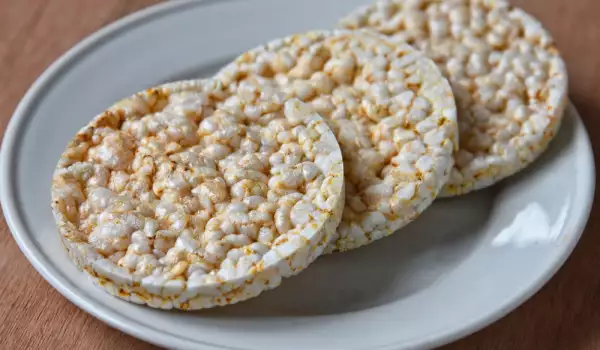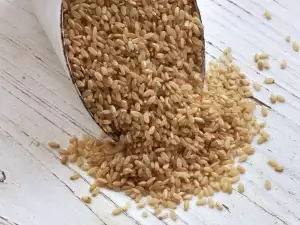Rice cakes are very popular in our country because they are a low-calorie snack that we can easily take with us anywhere. The low fat content allows you to enjoy the crunchy circles at home in front of the TV, at work or between main meals without feeling guilt.
The technology for their making is based on heat treatment and pressure, and precision is of great importance. Even the slightest imbalance in terms of moisture, ingredients, time and temperature can ruin the final result.
Although considered a modern snack, rice cakes have an ancient history. Their variations are known in a number of countries. They are most popular in Japan and the countries of the Pacific region, where they have existed for hundreds of years. We doubt you're surprised, as rice production is important to the economy there, and the rice grain is the basis of many dishes and foods.
The process of cooking rice cakes is based on the right combination of heat and pressure. Raw rice is pre-soaked in water until a certain moisture level is reached. The processing takes place in a special machine, which is also quite expensive.
The rice is poured into a cast iron mold and heated to a very high temperature. After that, a sliding plate is opened to create a vacuum on the wet rice mass. After 8 to 10 seconds of exposure to heat at a certain pressure, the mold lid expands, creating an even greater vacuum on the contents. In the last seconds of heating, the mixture explodes and fills the mold space.
The finished rice cakes fall onto a conveyor belt with one or more spray heads that add salt or other seasonings.
The rice cakes travel down the conveyor belt to the packaging area, where they are removed by hand, checked for breakage, sealed in foil before being finally packaged and ready to eat while watching an old sitcom.



















Comments